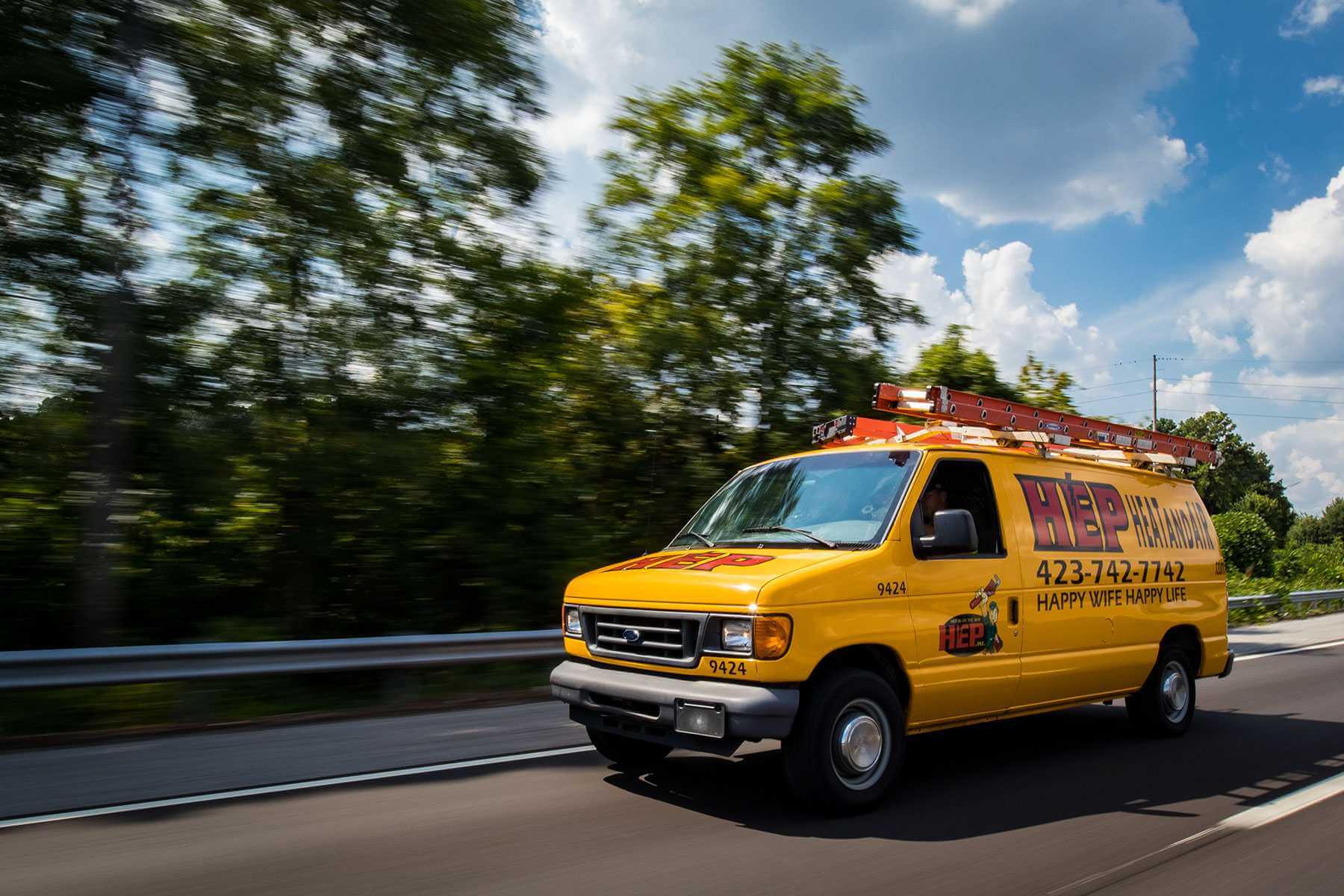

Temperamental Flushes
Your trusted partner for professional home services. Quality workmanship, guaranteed satisfaction.




- HEP Plumbing
- Temperamental Flushes
Temperamental Flushes | Toilet Upgrades and Replacements | Plumbing | Kelso
Flushes that sputter, leak, or refuse to clear can turn even the quickest bathroom break into a daily annoyance. HEP’s seasoned Kelso plumbers specialise in revitalising troublesome loos, swapping outdated parts for sleek, water-smart technology and restoring the confident whoosh every home deserves. From discreet close-coupled models to ultra-efficient dual-flush systems, we guide you through styles, features, and budgets, then handle everything from removal to spotless cleanup—all in a single visit wherever possible.
Whether you’re refreshing a rental or future-proofing the family bathroom, our tailored service makes toilet upgrades and replacements simple and stress-free. Enjoy transparent pricing, manufacturer-backed warranties, and a courteous team that treats your home like their own. Book today and discover how effortless a perfectly performing toilet can be.
FAQs
What are the typical signs that my toilet’s flush mechanism needs attention or full replacement?
In Kelso we see a lot of temperamental flushes caused by worn parts and hard-water scaling. Common warning signs include: the handle or push button feeling spongy or sticking, water trickling constantly into the bowl (a failed inlet or outlet valve), the cistern taking a very long time to refill, ‘ghost’ flushing in the middle of the night, visible cracks in the cistern or pan, and puddles forming around the toilet base. Any one of these issues means internal components are likely past their service life and efficiency is suffering. A prompt inspection prevents bigger leaks, keeps your water bill down and lets you decide whether a simple valve kit swap or a full toilet upgrade is the smarter long-term option.
How long will a toilet upgrade or full replacement usually take?
For a straightforward like-for-like swap our Kelso engineers normally need 2–4 hours on site: isolation of the supply, safe removal and disposal of the old pan/cistern, installation of the new unit, pressure testing and tidy-up. If you are moving the toilet, fitting a wall-hung frame, altering pipework or adding flooring the job can take most of the day. We pre-measure and order any specialty parts beforehand so downtime is minimal, and emergency same-day replacements are available if your existing toilet has failed completely.
Can I fit a modern dual-flush or low-flow toilet in an older Kelso property without major pipework changes?
Yes. Most pre-1970 houses in the Scottish Borders have 100 mm (4 in) soil stacks and 15 mm copper or plastic water feeds, which are compatible with today’s dual-flush cisterns. During our survey we check soil-pipe height, branch angles and water pressure; where needed we install a flexible offset connector or a pressure-balanced fill valve so the new toilet performs correctly. Dual-flush models typically cut water use by 50–60 % compared with a traditional 9-litre single-flush cistern, delivering long-term savings without compromising flush power.
What budget should I allow for a toilet replacement, including parts and labour?
Prices vary with style and complexity, but the following guide covers most jobs in Kelso: • Basic close-coupled like-for-like replacement: £250–£350 • Mid-range dual-flush or comfort-height model: £400–£600 • Concealed-cistern, back-to-wall or wall-hung set-up: £700–£950 (includes frame and flush plate) All figures include removal of the old suite, new isolation valve, pan connector, labour and VAT at 20 %. Disposal fees and travel within TD5 and surrounding villages are rolled into the price; outlying rural addresses may see a small mileage surcharge. We provide a written, fixed quotation before any work begins.
Do I need planning permission or building-warrant approval to replace my toilet?
Replacing an existing toilet in the same location is classed as ‘like-for-like’ maintenance, so no planning permission is required. Your installer must, however, follow the Water Supply (Water Fittings) (Scotland) Regulations 2014 and Part G of the Building Standards, which cover backflow prevention and minimum flush volumes. As Approved Plumbers we self-certify compliance and provide you with a completion certificate. If you intend to move the WC to a different room, create a new soil connection or alter structural walls, a building warrant from Scottish Borders Council is required; we can handle the paperwork on your behalf.
How can I keep my new toilet flushing smoothly for years to come?
1. Fit an isolation valve so any future repairs can be carried out without draining the whole house. 2. Avoid in-cistern bleach blocks; they degrade seals and shorten the life of flush valves. Use a mild, non-abrasive cleaner instead. 3. Descale the cistern internals every six months if you have hard water—limescale deposits are a common cause of sticking floats and slow refills. 4. Check the flush valve seal once a year for wear and replace the inexpensive rubber gasket before it starts to leak continuously. 5. Close the soft-close seat gently; slamming seats can crack the pan glaze over time. 6. Call a qualified Kelso plumber promptly if you notice any change in flush performance—early intervention prevents expensive water damage.